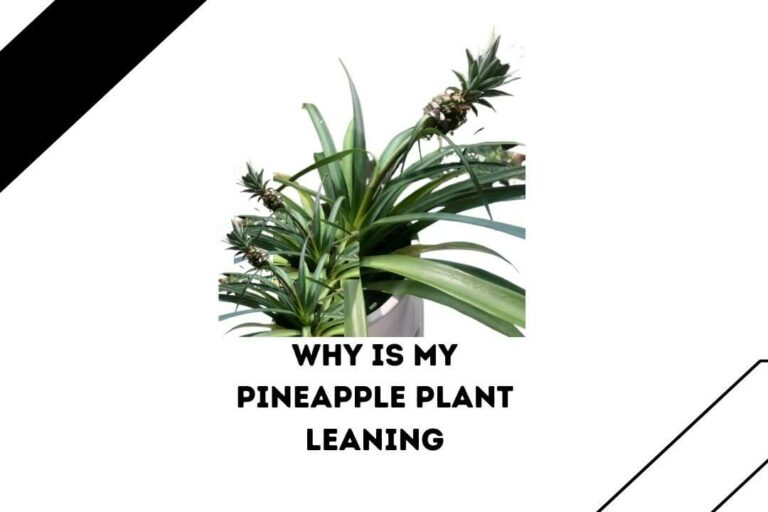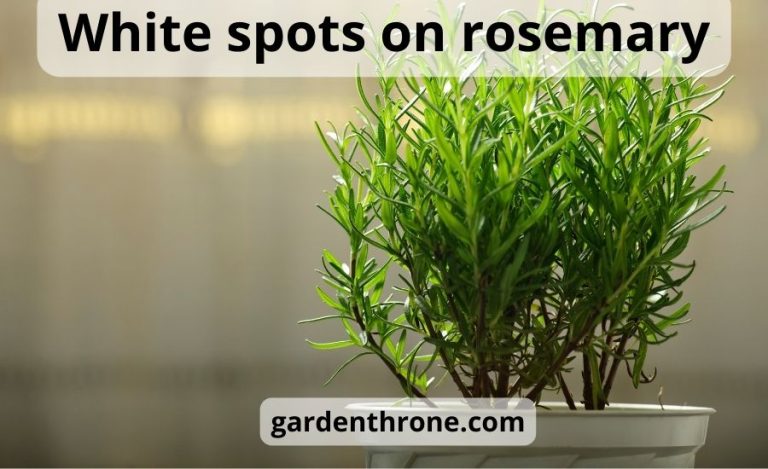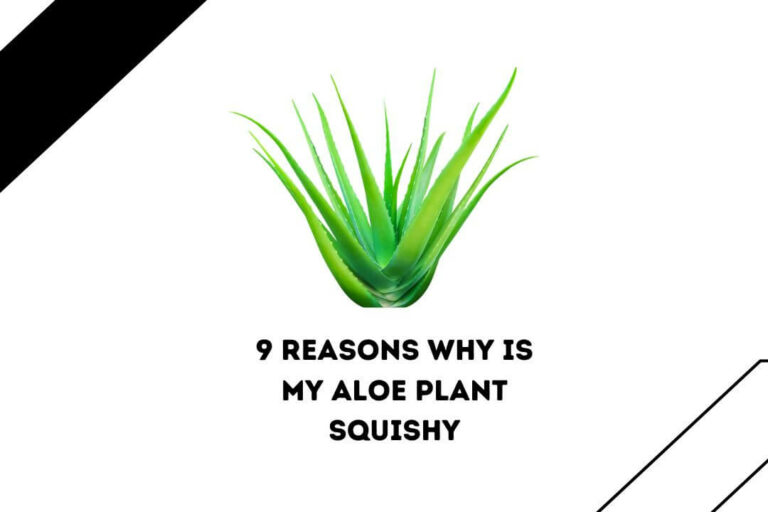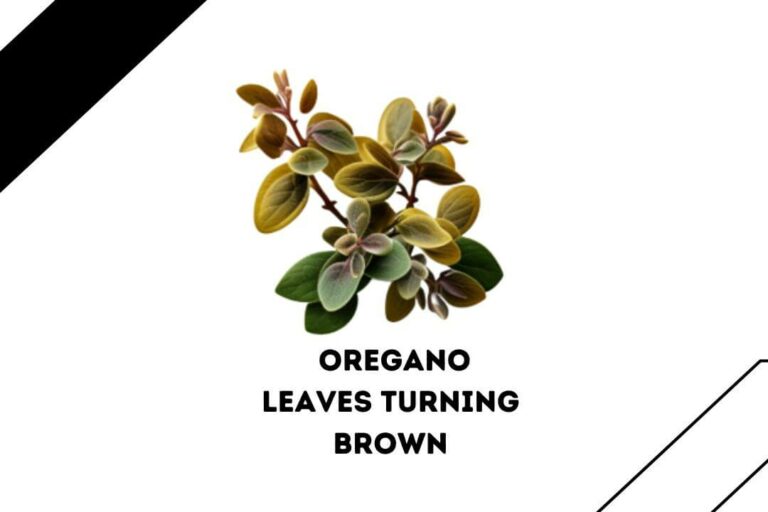We all love pineapple because of its nutrient and delicious taste. However, many people face plant leaning issues. If you are also wondering, ‘why is my pineapple plant leaning,’ this article is for you.
Here, we will talk about the seven main reasons why pineapple plants lean, as well as some tips & tricks to help you get your plant back to its normal state. Many factors can be at play in keeping your plant from growing straight and tall.
From nutrient deficiency to not repotting your plant, all this can interfere with the plant’s ability to grow and stay straight. If you need to know what is causing the problem, I will first advise you to support your plant and then consult a professional.
However, this article is going to help you a lot in terms of identifying the real culprit as well as taking action promptly. Therefore read this article thoroughly to fix the pineapple leaning problem.
7 Possible Reasons Why Is My Pineapple Plant Leaning

Nutrient Deficiencies
Do you know that nutrient deficiencies can significantly impact the health and growth of your pineapple plant? If not, then learn that nutrient deficiencies can weaken the plant’s overall structure & health, causing it to lean.
If your pineapple plant is not receiving the essential nutrients it needs, it will not only start to lean but also become stunted, discolored, & weak. Since pineapple plants need many nutrients, including nitrogen, phosphorus, potassium, magnesium, calcium, sulfur, iron, manganese, copper, zinc, boron, & molybdenum, it can be challenging for you to determine which one is lacking in the soil.
If your plant’s leaves are discolored, spotted, or curling, it may be a sign of nutrient deficiencies. Since most plants need three primary nutrients, nitrogen, phosphorus, and potassium, fertilize your plant with a balanced NPK ratio of 8-8-8 or 6-6-6. Make sure you are not over-fertilize your plant.
According to a study published in the Journal of Plant Nutrition, foliar sprays can effectively correct nutrient deficiencies in pineapple plants. Plus, foliar sprays are a quick and easy way to provide nutrients directly to the plant.
You should also know that If the pH level is too high or too low, it will affect your plant’s ability to absorb nutrients. Therefore, consider adjusting the pH level by adding lime to increase pH or sulfur to decrease pH.
Watering Issues
You should also know that watering issues can cause leaning in pineapple plants. This is because overwatering or underwatering can stress your plant, leading to it leaning or even falling over.
Pineapple plants have no ideal watering requirement because it depends upon specific variety, climatic conditions, soil type, and individual plant needs. But, the rule of thumb suggests keeping the soil moist but not too wet. Overwatering can lead to root rot, which can cause the plant to lean or even die.
On the other hand, underwatering can cause your pineapple plant to become stressed and weak, leading to leaning or falling over. According to the University of Florida, you should water your pineapple plants thoroughly only once a week, and not more than that.
However, if the soil is drying out quickly, you may need to water it more often because it’s also essential to keep the soil dry out completely (but also to keep it waterlogged). First, you should check the soil moisture level by sticking your finger into the ground about an inch deep. If it feels dry, it’s time to water your plant.
However, If it feels wet, you should wait a few more days before checking again. Also, make sure that you are paying attention to the drainage of the pot or container your plants are in. If the pot lacks drainage holes or is blocked, the soil will be too wet and can cause root rot. A Pineapple plant turning yellow can be a direct sign of watering issues also.
Soil Issues
Pineapple plants prefer well-draining, slightly acidic soil with a pH between 4.5 and 5.5. And, if your plant grows on soil with an improper pH level, it will start to lean over time.
When the soil is too compact or lacks the proper drainage, it can lead to soggy conditions, which can cause the plant to lean or even topple over. In addition, soil that has an unbalanced pH level also hampers plants’ growth and development.
To avoid these soil issues, you first must ensure that the soil meets the ideal requirements for pineapple plants. The soil should also be rich in organic matter and have adequate nitrogen, phosphorus, and potassium. Here are a few steps to help you identify the cause of the issue:
- If the soil is not draining correctly, you should improve soil drainage by adding organic matter like compost or peat moss, or you can create raised beds.
- You should also test soil pH levels using a soil test kit which can be purchased at your local garden center. If the pH level is too high or too low, adjust it by adding lime (to lower) or sulfur (to raise)
- If your plant is still leaning, it might suffer from root rot, which is often caused by waterlogged soil. Thus, you should check the roots for signs of decay, like foul odor or discolored roots. Remove the affected roots and repot your plant in fresh soil if you find signs of rot.
- If the soil lacks nutrients, you need to fertilize your pineapple plant using a balanced fertilizer, but avoid you don’t over-fertilize as this can lead to nutrient burn.
- If your pineapple plant is suffering from pest infestation, you should only use organic pest control methods like neem oil or insecticidal soap.
Pot Size and Shape
You should know the importance of choosing a Pot shape & size before planting any specific variety. Pot size and shape can significantly impact the growth and stability of pineapple plants.
According to HGTV, if the pot is too small or shallow, the pineapple plant roots will not have enough space to grow, causing the plant to lean to one side. On the other hand, if the pot is too deep, your plant will struggle to absorb water and nutrients from the soil, which can cause it to become top-heavy and lean to one side.
I highly recommend using a pot with a depth of around 12-16 inches and a width of at least 18-20 inches. Consider using a pot with a broader base and a narrower top, as it provides extra stability to the plant. If your pineapple plant is top-heavy or the soil feels too compacted, it is time to repot into a larger, more suitable pot.
No Staking or Support
You might already know that staking & support can help you avoid leaning on pineapple plants. Depending upon the variety of your pineapple plant, you should be using support. Many plants require a specific support structure to promote their better growth and bountiful fruits.
Some many experts and gardeners recommend using a sturdy support structure like a bamboo stake or trellis to help support your plant as it grows.
Another option is to use a pineapple plant support system, a specialized device designed specifically for supporting pineapple plants. Since these systems are adjustable and can help the plant grow taller, you can use them to prevent your pineapple plant from leaning to one side.
Not-Repotting
Depending upon its growth and requirement, you must repot your pineapple plant occasionally. If you are not doing it, you should be considering doing it. Repotting can help you fix leaning issues in pineapple plants.
If the pot size & shape are not suitable for your plant’s further growth, you must consider repotting it into a larger pot.
Believe it or not, this will provide more stability & support, help refresh the soil & provide your plant with fresh nutrients. When repotting your pineapple plant, choose a pot at least one size larger than its current pot. Ensure the new pot has good drainage, filled with fresh & well-draining soil.
Wind Damage
Wind can also cause leaning in pineapple plants. If you are living in a region that receives extreme climatic changes like surprise high winds, it might be the cause of your pineapple plants’ leaning.
According to experts, strong winds can push the plant to one side, causing it to lean and potentially become damaged. As per UCANR, most damage occurs when wind is above 30mph.
Suppose any foliage or stems of your pineapple plant appear damaged or broken. In that case, it’s time that you consider providing additional support and taking steps to protect the plant from further wind damage. This is why experts recommend planting pineapple plants in a sheltered location, away from strong winds.
If your pineapple plant is already leaning due to wind damage, you can try staking and supporting it to help straighten it out. It would be best to consider pruning any damaged or dead foliage, as it will help promote healthy growth and prevent further damage.
Conclusion
By now, you have all the ideas of what you should do if your plant is leaning in any direction. I have tried my best to give you all the possible reasons that could be the real culprit behind your pineapple plant leaning issue.
If you find this article helpful, then consider sharing it. In this article, you learned that wind damage, as well as not repotting your plant or not providing proper support to your plant, may also result in this issue.
Without any support, pineapple plants have been noticed to struggle to grow straight and tall when they have fruits. Therefore, if a pineapple plant is fruiting, I recommend you provide me some support like a trellis or stake.
Make sure you share this article to help others. Your share will help people understand the culprit behind ‘why is my pineapple plant leaning forward.’ Do check our other helpful guide on pineapple plant care and management. See you in the next post. Till then, take care and goodbye.







